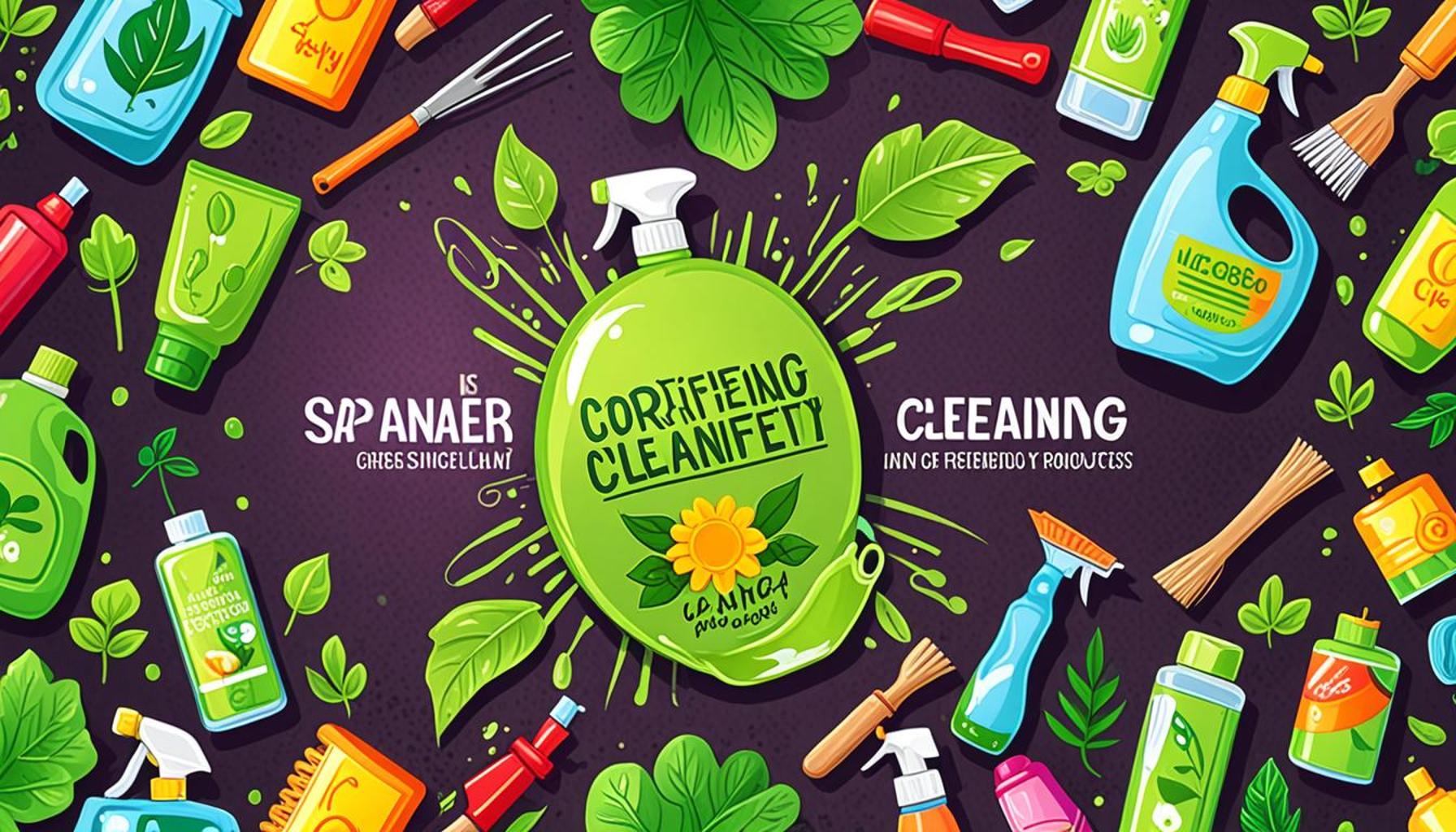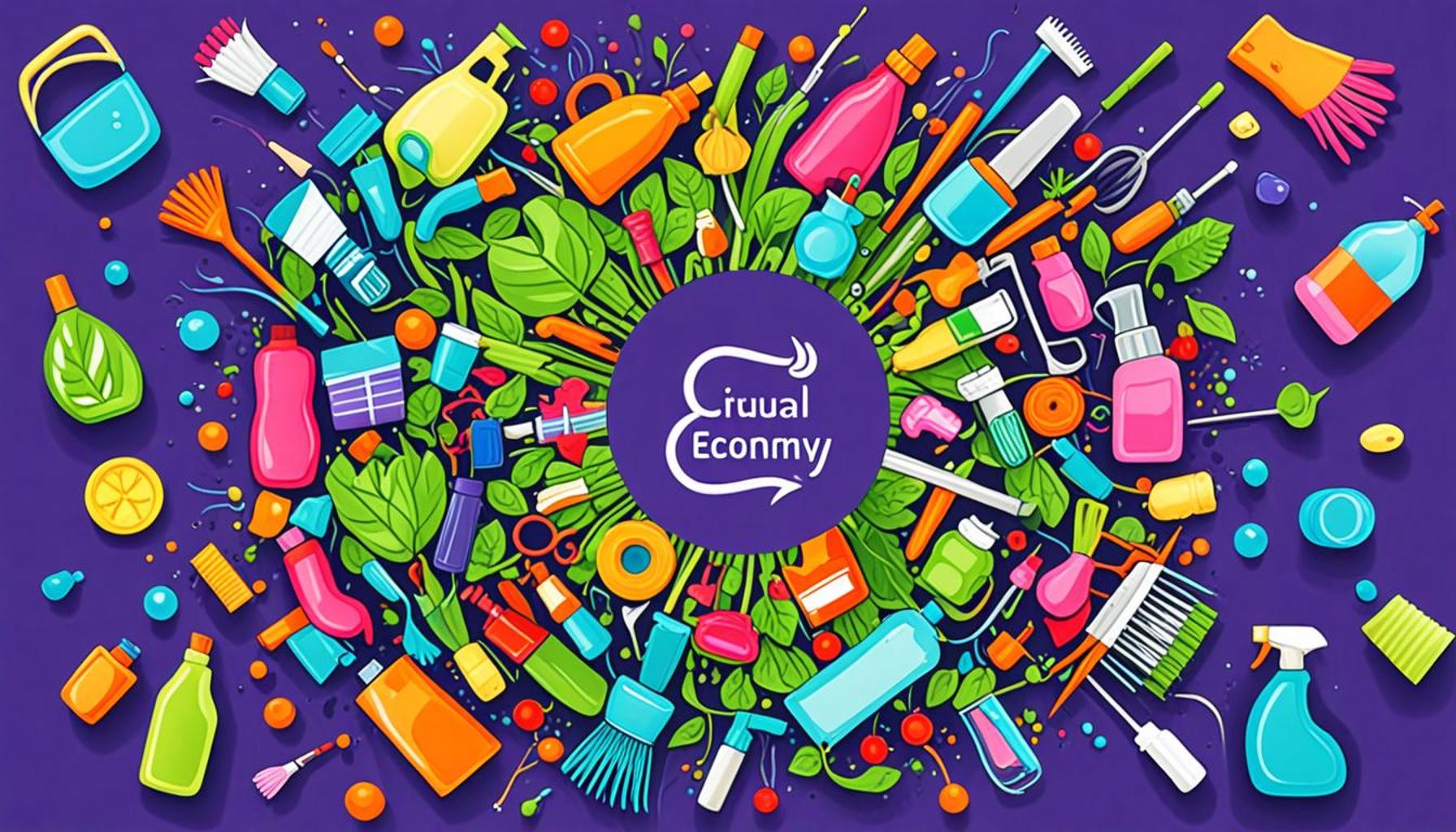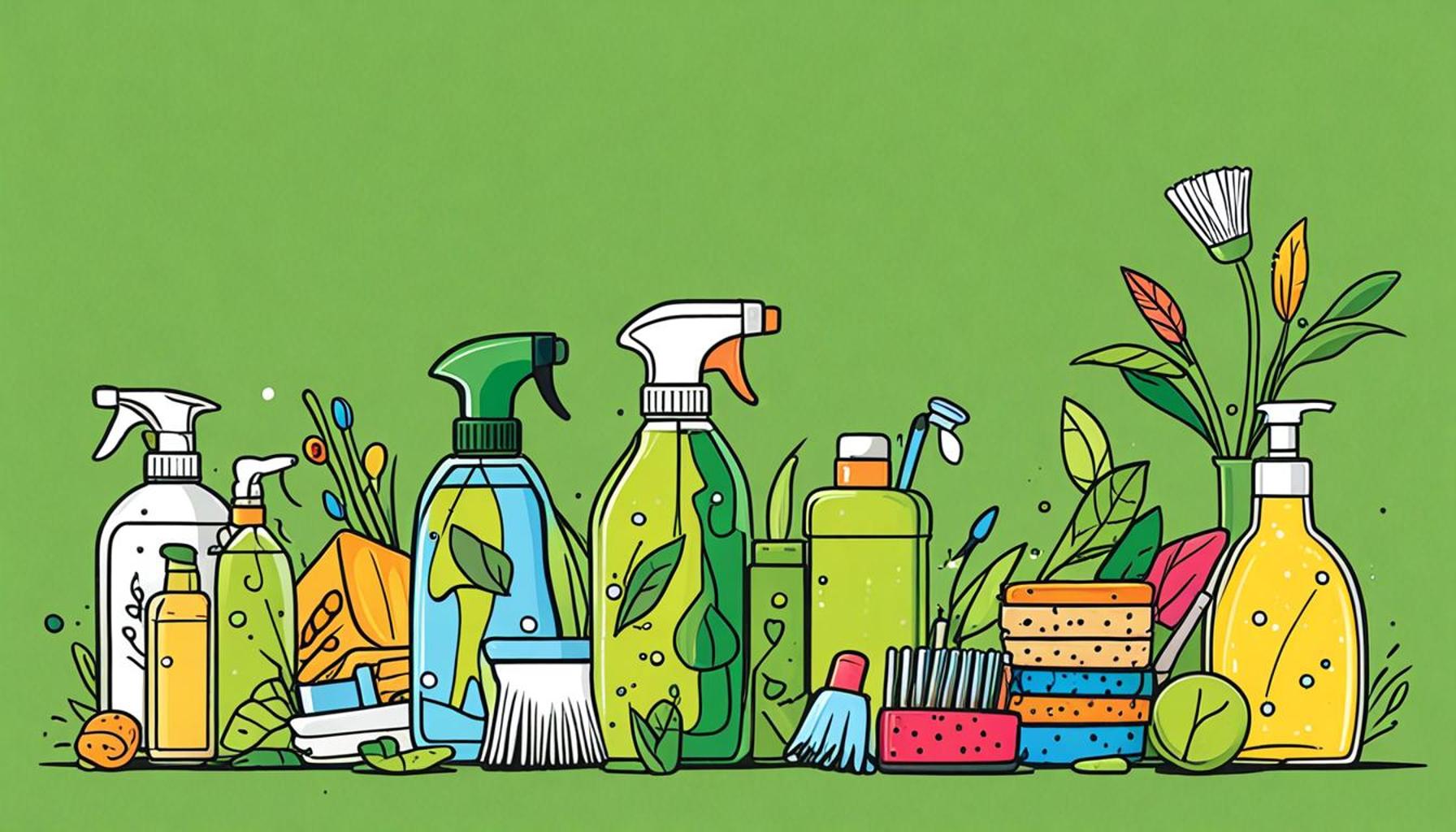The Evolution of Eco-Friendly Cleaning Products: From Handcrafted to Industrial and Its Impact on Home Maintenance
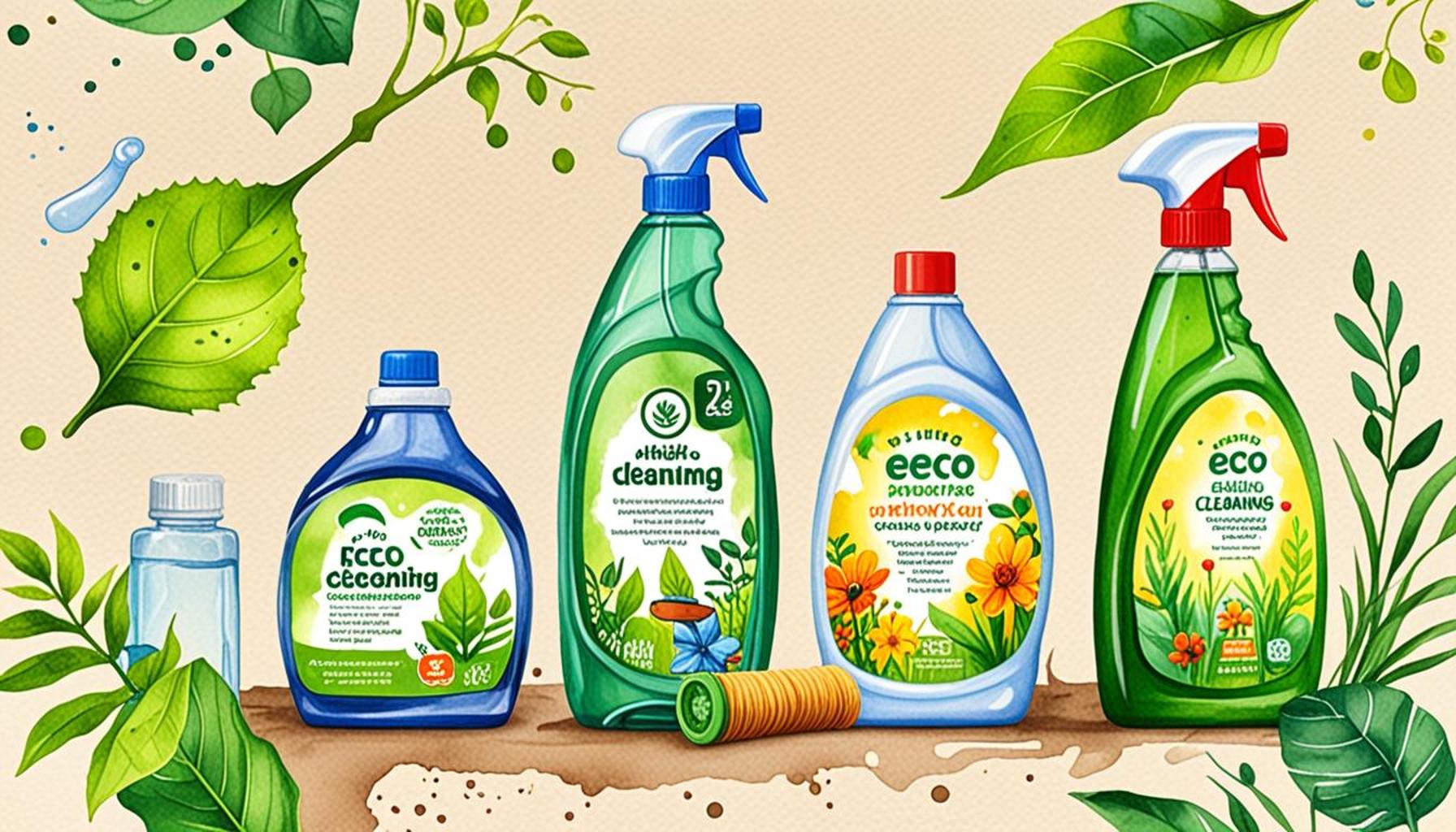
The Shift in Cleaning Products
As individuals prioritize sustainability in their daily lives, the cleaning industry has undergone a remarkable transformation. The evolution of eco-friendly cleaning products reflects a broader societal commitment to environmental stewardship. This commitment has reshaped not only the contents of the products we use but also how we perceive home maintenance.
Handcrafted Origins
The journey to modern eco-friendly cleaning began in homes where practicality met creativity. Traditional recipes often incorporated readily available ingredients such as vinegar and baking soda. For instance, vinegar’s acetic acid is a powerful agent against odors and mineral deposits, while baking soda serves as an excellent abrasive cleaner. Many households would enhance these mixtures with essential oils like lavender or tea tree, not only for fragrance but also for their natural antibacterial properties. Such handcrafted solutions were not only budget-friendly but also easy to prepare, showcasing the ingenuity of DIY culture.
Industrial Innovations
As consumer demand for sustainable products increased, the cleaning industry responded through significant technological advancements. This shift was marked by the advent of eco-certifications which guided manufacturers in creating effective yet safe products. Innovations led to the development of plant-based detergents that mimic chemical performance while remaining biodegradable. Companies like Seventh Generation and Ecover have become pioneers in this space, offering wide ranges of cleaning solutions that utilize renewable resources and minimal packaging. Biodegradable packaging further reflects a commitment to reducing waste, a concern more consumers are now actively considering.
Rising Awareness Among Consumers
Consumer behavior has evolved with a heightened awareness of what goes into household products. Many people are increasingly scrutinizing labels, seeking products free from harmful toxins and synthetic fragrances. The Environmental Working Group (EWG) has emerged as a valuable resource, providing insights into the safety of cleaning products, thereby enabling consumers to make informed choices. This change aligns with broader trends towards transparency in the food industry, where “clean eating” principles influence purchasing decisions.
This transition in cleaning practices begs essential questions regarding efficacy versus eco-friendliness. Are environmentally conscious choices compromising cleaning power? Research suggests that while some eco-friendly products may perform differently compared to their chemical-laden counterparts, many newer formulations are rigorously tested for both safety and effectiveness.
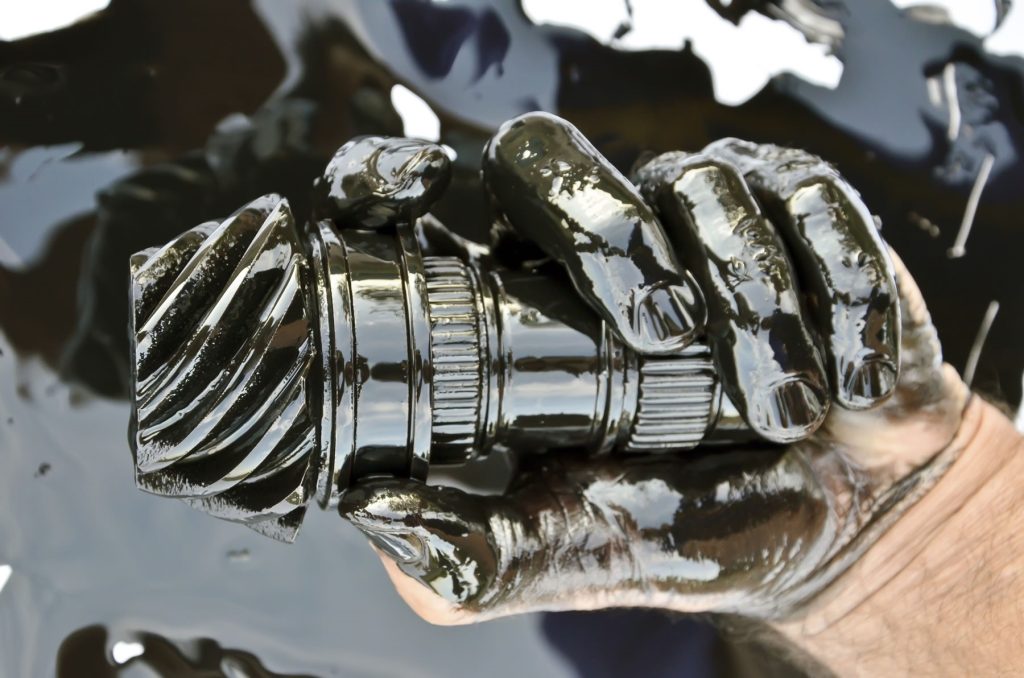
As we delve deeper into these dynamics, it becomes clear that the realm of eco-friendly cleaning is one of innovation, responsibility, and a consumer-led drive for a sustainable planet. Understanding both the historical context and ongoing advancements aids in our journey to maintain clean homes that embrace the well-being of the earth. By making educated choices, we not only protect our living spaces but also contribute to a healthier planet for future generations.
DISCOVER MORE: Click here to learn time-saving habits
The Roots of Eco-Friendly Cleaning
The origins of eco-friendly cleaning products are deeply rooted in historical practices that embraced the use of natural materials, reflecting a time when household maintenance was less about convenience and more about sustainability. Before the rise of commercial cleaning products, households relied on simple yet effective solutions derived from their surroundings. Kitchens transformed into laboratories where ingredients like lemon juice, olive oil, and castile soap became staples in the quest to maintain cleanliness without compromising health or the environment.
Common Handcrafted Recipes
Handcrafted cleaning solutions were not just a necessity; they were a testament to innovation born from necessity. Here are several common combinations that demonstrate this resourcefulness:
- All-Purpose Cleaner: A mix of vinegar, water, and a few drops of essential oil can tackle grime on various surfaces.
- Glass Cleaner: One part vinegar to two parts water provides a streak-free shine.
- Baking Soda Scrub: A paste of baking soda and water can effectively clean tough stains and scuff marks.
- Disinfecting Wipes: A solution of vinegar and water soaked into reusable cloths was a favorite for an eco-friendly touch to sanitation.
This DIY approach offered not just a method to keep homes clean but also fostered a sense of connection to the environment. Families could dictate what went into their cleaning supplies, often crafting solutions that aligned with their values.
The Rise of Industrial Production
As awareness of environmental issues grew, the late 20th century ushered in a new era of manufacturing: industrial eco-friendliness. Enter a wave of industrial cleaning products that promised the cleaning efficacy of traditional cleaners while adhering to environmental standards. Companies began to invest in research and development, leading to the formulation of cleaning products derived from renewable resources, such as corn or coconut. This shift was propelled by heightened consumer demand for items that not only cleaned but also left a minimal ecological footprint.
Prominent brands emerged, setting benchmarks for the industry. For instance, Method Products championed fluffy marketing with their visually appealing, biodegradable containers and non-toxic formulations. Concurrently, giants like Procter & Gamble have seized the moment, introducing their own eco-friendly lines— such as EcoSense—which combine efficacy with sustainability.
Regulatory and Certification Standards
Integral to the evolution of eco-friendly cleaning products was the introduction of regulatory and certification standards. Organizations such as Green Seal and the USDA Organic labeling have become trusted symbols for consumers seeking environmentally responsible options. These certifications ensure that products meet stringent criteria regarding toxicity and environmental impact.
With these advancements comes the pressing issue—does eco-friendliness compromise cleaning power? While the answer may vary, ongoing research suggests that many industrial formulations are rising to the occasion, providing robust cleaning capabilities while adhering to strict environmental standards.
In examining the evolution of eco-friendly cleaning products, the narrative continues to unfold, driven by innovation, regulation, and consumer choice. As we venture further into this topic, the implications for home maintenance become increasingly significant, leading us to re-evaluate what it truly means to maintain a clean home in a sustainable way.
The Rise of Industrial Eco-Friendly Cleaning Products
The evolution of eco-friendly cleaning products has transitioned dramatically from handcrafted formulations to the modern industrial solutions we see today. This shift has significantly influenced home maintenance, catering to the needs of a fast-paced lifestyle while promoting sustainability. The rise of industrial eco-friendly products can be attributed to significant advancements in technology and a growing consumer demand for effective and environmentally safe cleaning options.
Industrial eco-friendly products leverage advanced formulations that utilize biodegradable ingredients and renewable resources. These products not only meet stringent environmental regulations but also maintain high efficacy levels comparable to traditional chemical cleaners. This has led to a wider acceptance of eco-friendly options among consumers who may have once favored conventional cleaning agents for their perceived effectiveness.
A notable example in this evolution is the introduction of plant-based surfactants and enzymes, which have replaced harmful phosphates and bleach in many products. As a result, homes can achieve the same level of cleanliness without compromising the health of occupants or the planet. This innovation aligns with a broader trend that emphasizes the importance of green chemistry and sustainability in the cleaning industry.
Moreover, the marketing strategies employed by brands in this sector have played a pivotal role in reshaping consumer perceptions. By focusing on the dual benefits of performance and environmental responsibility, companies have successfully transformed eco-friendly cleaning products into desirable items that appeal to a wider audience. This strategic positioning not only bolsters sales but also educates the public on the importance of sustainable home maintenance practices.
As more research highlights the harmful impacts of conventional cleaning products on health and the environment, the adoption of eco-friendly alternatives is expected to continue growing. This movement toward sustainability in the cleaning sector is not merely a trend; it is a necessary response to global challenges such as environmental degradation and climate change. Understanding the impact of these products on home maintenance allows consumers to make informed choices that benefit both their households and the planet.
| Category | Characteristics |
|---|---|
| Innovation in Ingredients | Utilization of biodegradable and plant-based components, reducing environmental harm. |
| Health & Safety | Lower risk of respiratory issues and skin irritations due to non-toxic formulations. |
Understanding the intricate balance between effective home maintenance and eco-friendliness is essential for consumers aiming to make sustainable choices. This ongoing evolution provides an opportunity to explore innovative cleaning solutions that prioritize both health and environmental integrity.
DISCOVER MORE: Click here to uncover time-saving habits
The Impact of Consumer Awareness and Trends
In recent years, the rise of social consciousness around environmental issues has significantly influenced the cleaning products market. Consumers are increasingly aware of how everyday choices affect both their health and the planet’s well-being. Characters like environmental activist Marie Kondo have popularized the notion that cleaning isn’t just about aesthetics; it’s also about creating a sustainable home environment. As a result, features such as refillable containers and concentrated formulas have garnered immense popularity among eco-conscious buyers.
The Role of Technology and Innovation
Technological advancements have played a crucial part in transforming the eco-friendly cleaning product landscape. Cutting-edge research in biotechnology and green chemistry has facilitated the formulation of products that effectively break down dirt and grime without the need for harsh chemicals. Innovations like enzymatic cleaners harness the power of natural enzymes to degrade stains at a molecular level, providing an organic yet potent alternative to traditional cleaners.
Companies are also turning to smart packaging solutions that not only reduce waste but also enhance user experience. For example, some organizations are offering products in dissolvable pods, minimizing plastic waste while providing convenience. This intersection of sustainability and technology offers a glimpse into a future where eco-friendly cleaning and home maintenance go hand in hand.
Consumer Demand for Transparency
As consumers become increasingly educated about the ingredients in their cleaning products, there is a growing demand for transparency in labeling. In response, many brands have begun to clearly list every ingredient on their packaging, promoting a philosophy of honesty and responsibility. This push for transparency has also led to the development of apps and online platforms that allow consumers to decode labels and understand the environmental impact of household cleaning products.
For instance, platforms like Think Dirty and Environmental Working Group (EWG) engage consumers in making informed choices while shopping for cleaning supplies. Such initiatives underscore a larger trend that shifts the power back into the hands of consumers, equipping them to demand better practices from manufacturers.
Local Artisans and Small Brands
While industrial giants dominate the eco-friendly product market, there is a burgeoning movement towards supporting local artisans and small brands that emphasize traditional craftsmanship. Artisans are blending modern sustainability practices with historical knowledge to create unique, handcrafted cleaning solutions. These products often focus on community sourcing and local ingredients, thus reducing carbon footprints associated with transportation. They serve as a reminder that even in a fast-paced, industrial landscape, there remains space for personal touch and ethical practices.
Moreover, local markets and boutiques are capitalizing on this trend by promoting small batch cleaning products that cater to niche demands. With this, consumers are not only choosing eco-friendly options but are also contributing to the local economy—strengthening community ties while promoting sustainability.
The journey of eco-friendly cleaning products—from their roots in family kitchens to today’s innovative industrial solutions—demonstrates a consistent evolution driven by consumer awareness, technological advancements, and a collective priority toward sustainability. As these dynamics continue to shape the market, the future of home maintenance seems to be increasingly intertwined with the principles of environmental stewardship.
DISCOVER MORE: Click here for essential checklists
Conclusion: The Future of Eco-Friendly Cleaning Products
The narrative surrounding eco-friendly cleaning products encapsulates a remarkable journey of innovation, consumer empowerment, and environmental consciousness. As we’ve traced the evolution from handcrafted solutions steeped in tradition to today’s sophisticated industrial advancements, it’s evident that the market reflects our growing understanding of sustainability. The synergy of technological innovations, such as biotechnology and green chemistry, has propelled the development of effective, safe products that cater to modern cleaning needs while being mindful of our ecological footprint.
Furthermore, rising consumer awareness has emphasized the importance of transparency in product labeling, helping buyers make informed choices that align with their values. This shift not only empowers consumers but also encourages manufacturers to adopt ethical practices and embrace sustainability at their core. Local artisans are not to be overlooked; they represent a significant segment that brings charm and individuality back into cleaning, reminding us of the importance of community and local resources.
As we navigate this landscape, it is clear that eco-friendly cleaning products are not just a trend but part of a larger societal shift towards sustainable living. Moving forward, collaboration between big brands, small-scale producers, and informed consumers will likely lead to a more responsible approach to home maintenance. As these dynamics evolve, it invites us all to think critically about the products we choose, ultimately contributing to a healthier home and planet. In essence, the evolution of eco-friendly cleaning products is a testament to our commitment to creating a better future for generations to come.
